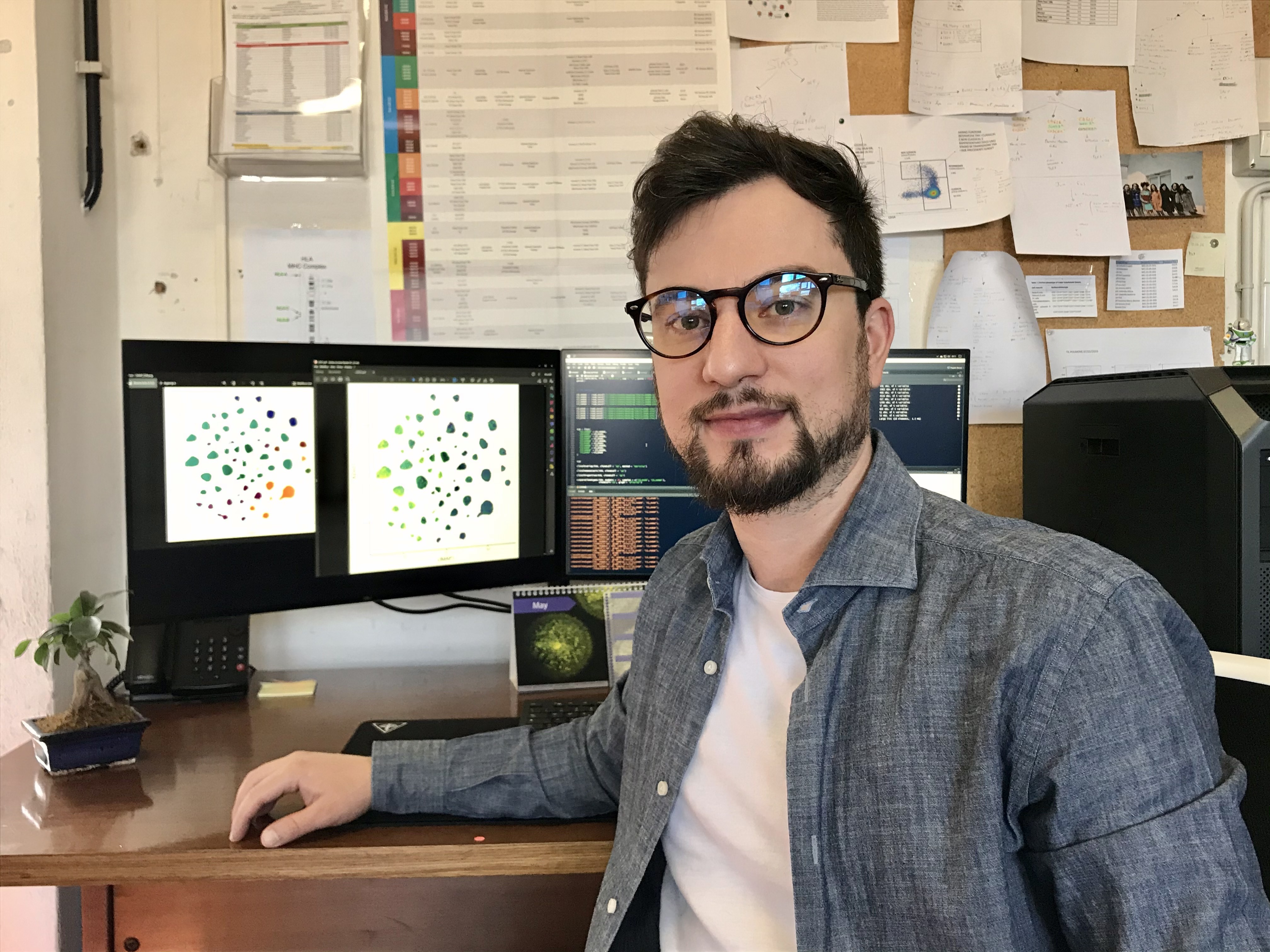
CYTO Virtual Interactive 2021 Oral Presentation - Decrease of Circulating CD8+ TSCM After Anti-PD1 Therapy in Metastatic Renal Cell Carcinoma Patients
-
Register
- Visitor - $50
- Bronze - Free!
- Silver - Free!
- Gold - Free!
- Platinum - Free!
- Community Administrator - Free!
- ISAC Staff - Free!
- Bronze Lab Membership - Free!
- Silver Lab Membership - Free!
- Platinum Lab Membership - Free!
Overview
AIM: Renal cell carcinoma (RCC), despite low tumor mutational burden, represents one of the most immunogenic tumors. The introduction of the immune checkpoints blockade transformed the treatment paradigm of RCC. However, a substantial subset of patients does not respond to these therapies. It is unclear how anti-PD1 therapy modulates circulating T cell response. To fill at least in part the lack of knowledge, we focused our attention on changes that occurred within CD8 T cells.
METHODS: Nineteen patients with metastatic RCC treated with anti PD-1 were enrolled via informed consent through the Azienda Ospedaliero Universitaria di Modena and Reggio Emilia. A 30-parameter flow-cytometry panel containing the following markers was optimized CD3, CD8, CD45RA, CD197, CD28, CD27, CD127, CD95, CD98, CD71, CD25, HLA-DR, CD38, CD39, CXCR6, CCR4, KI67, T-bet, granulysin, PD1, BTLA, CD244 and ICOS. High-dimensional flow-cytometry data analysis was performed among live CD8 T cells using Full Annotation Using Shaped-constrained Trees (FAUST). Proliferation assay was performed using Carboxyfluorescein succinimidyl ester (CFSE) on magnetic-isolated CD8 T cells after 10 days of in vitro stimulation with IL-15. In vitro production of IL-2, IFN-g and TNF were assessed after 16h of stimulation with CD3/CD28 and IL-2.
RESULTS: Fifty-nine clusters were identified within CD8 T cells, spanning all T cell subsets. An increase of the proportion of transitional memory (TM), effector memory (EM) T-bet+ and terminally differentiated effector memory (EMRA) CD57- was observed during the follow-up, while a decrease of 7-fold and 11-fold affected the proportion of EMRA CD57+ and TSCM cells, respectively. The proliferation index (PI) and the percentage of divided cells (PD) of EM subset increased after the second cycle of therapy, while those of TSCM subset was lower after starting the therapy. Naive, central memory and TSCM increased their ability of produce TNF and IFN-g, after the second cycle of therapy. Moreover, TSCMsubset showed also higher percentage of cells capable of produce simultaneously IFN-g, TNF, but not IL-2. Finally, the reduction of the TSCM subset during therapy was inversely correlated with the number of metastatic sites.
CONCLUSION: Anti-PD1 therapy reshapes CD8 T cell landscape, particularly that of memory T subset that could play a role for tumor control in response to therapy. Indeed, RCC patients are characterized by a likely-exhausted TSCM pool after therapy, suggesting that anti-PD1 blockade targets early steps of long-term T cell memory generation.
Speaker

Domenico Lo Tartaro
PhD Student
University of Modena and Reggio Emilia
Domenico Lo Tartaro is a PhD student with immunological and bioinformatician expertise. He obtained a master's degree in medical biotechnology from the University of Modena e Reggio Emilia in 2017. Since 2015 he has refined his skills in the laboratory of pathology and immunology directed by Professor Andrea Cossarizza. He enjoys using his skills to contribute to the exciting technological advances that happen every year within the immunological field. He spends his free time doing jogging, visiting places, and watching movies.
CMLE Credit: 1.0

